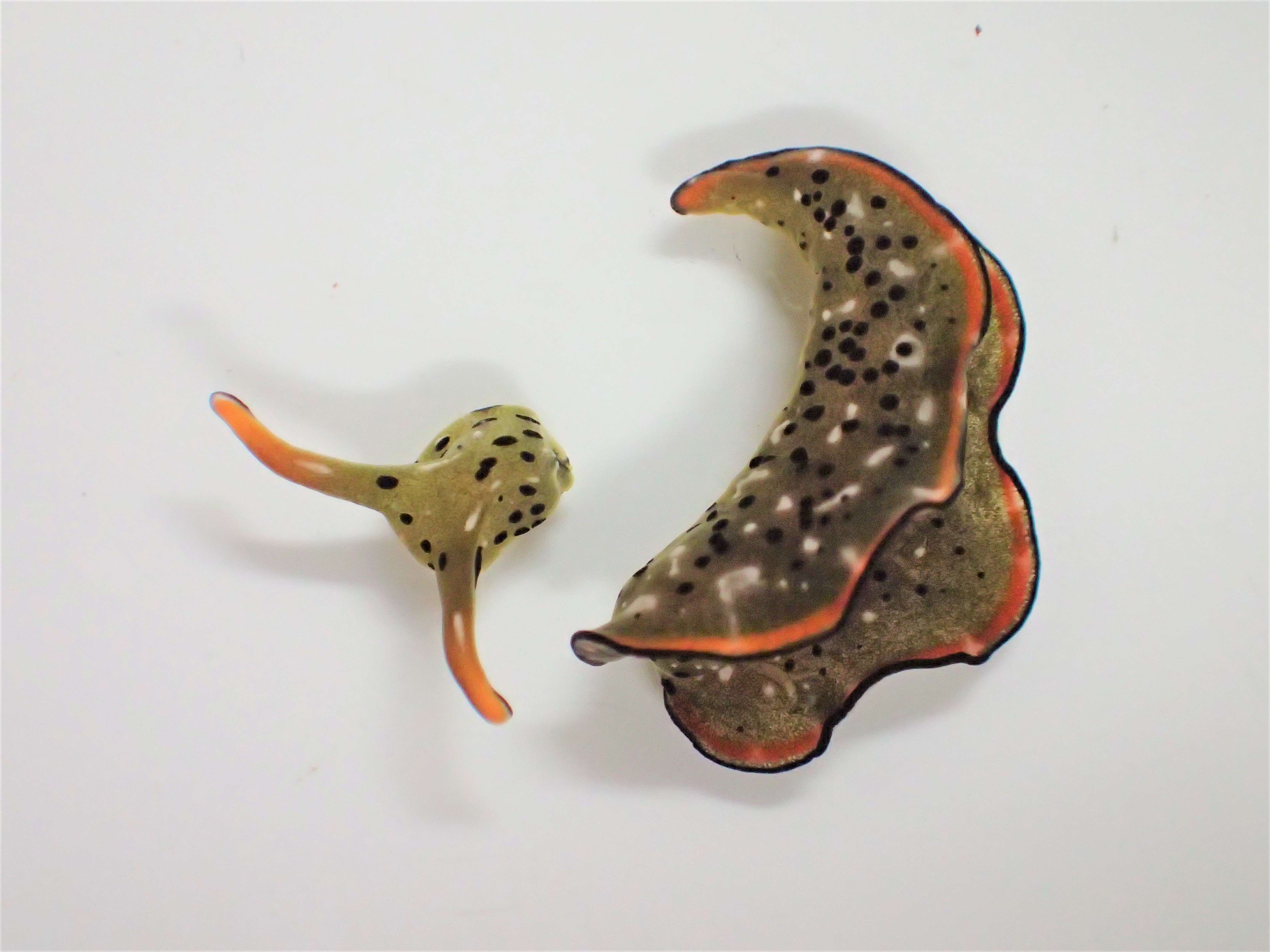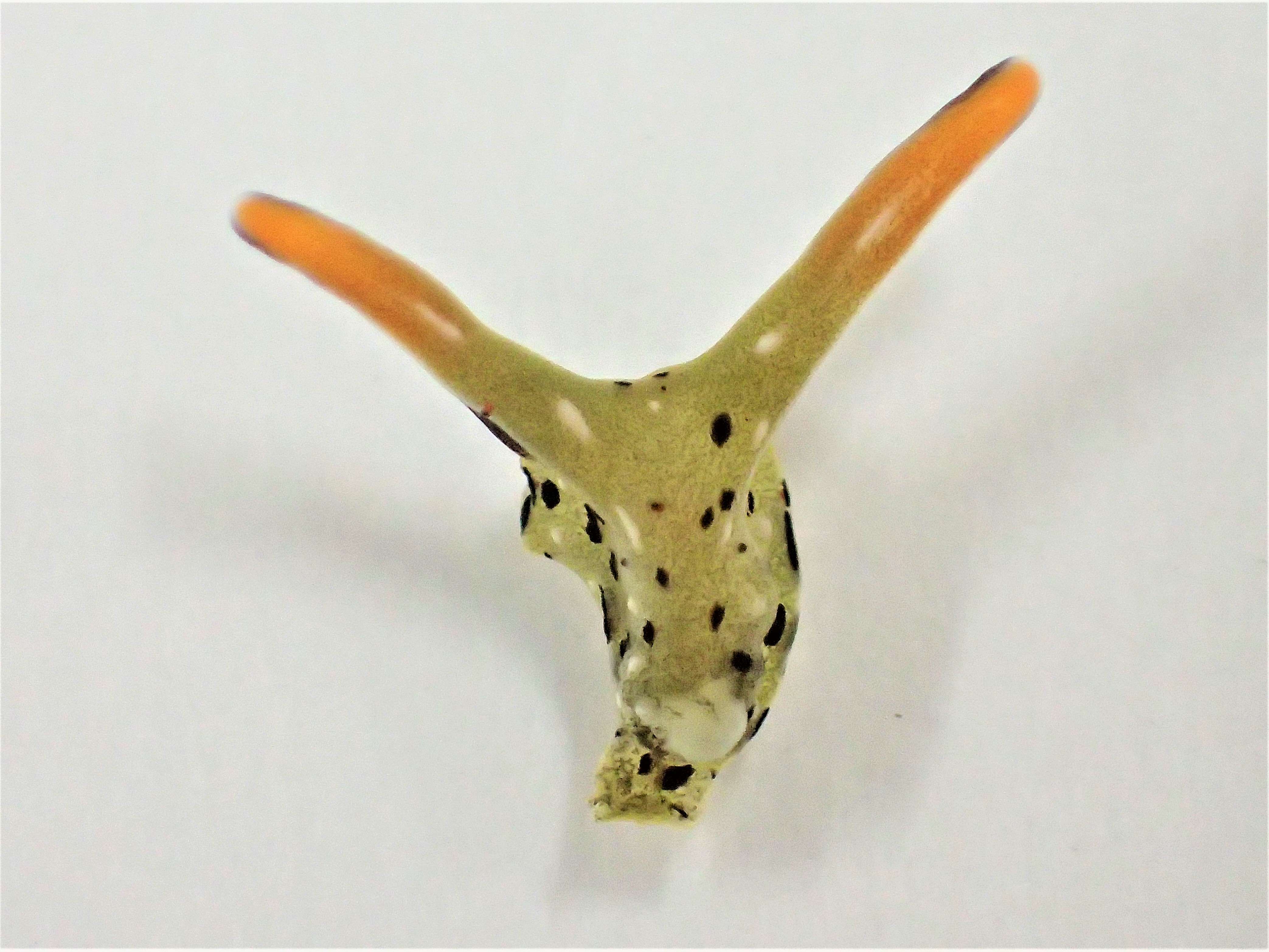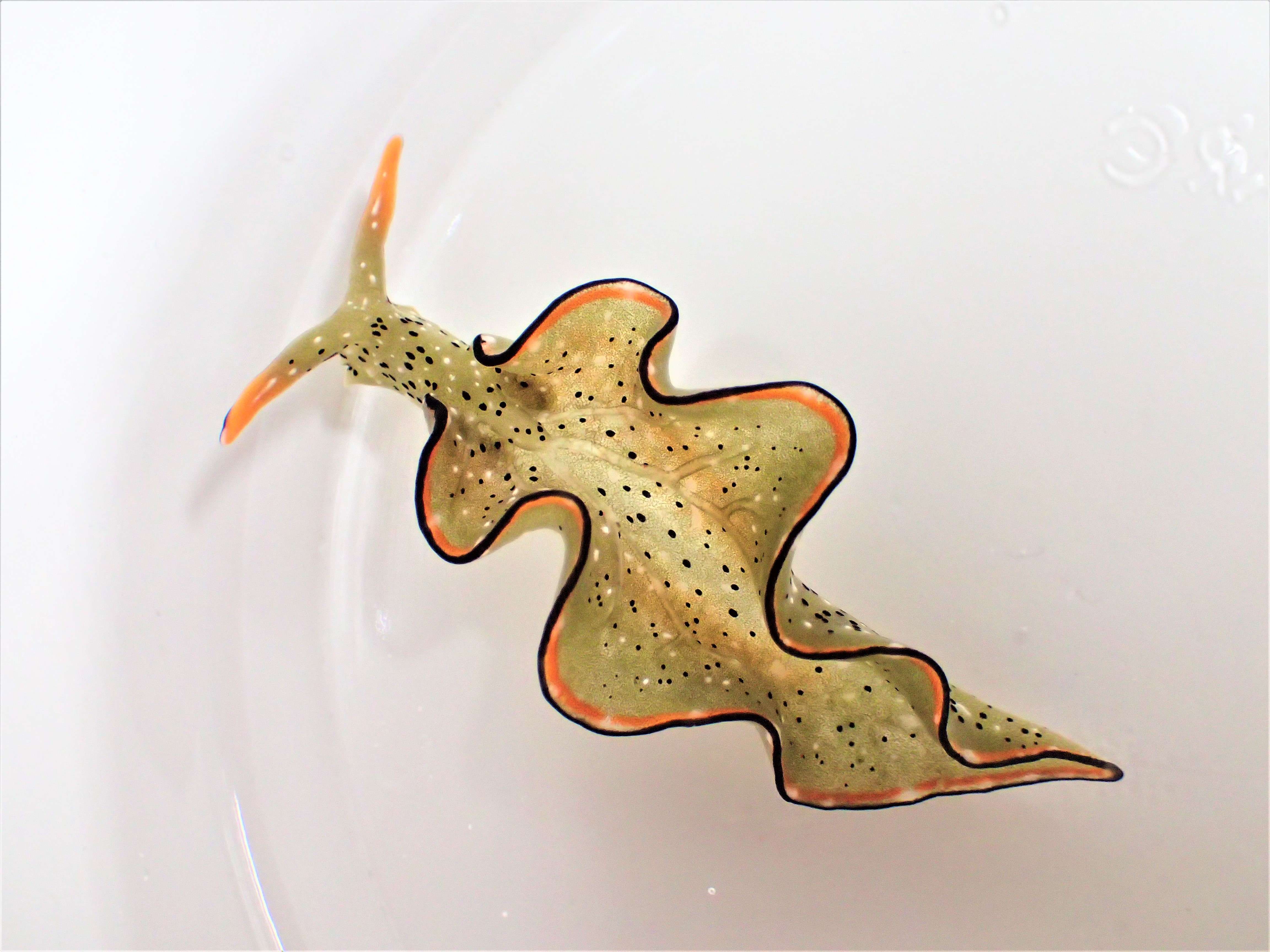Create a free profile to get unlimited access to exclusive videos, sweepstakes, and more!
This sea slug plays the ultimate head game: decapitating itself to grow a whole new body

One of the most fascinating feats in the animal kingdom is the ability that some species have to shed and regrow a body part, when the going gets tough. A variety of lizards and salamanders have long made their claim to regenerative fame by leaving their tails behind in the mouths of predators, only to escape and regrow the missing appendage once they’ve scuttled to safety.
But imagine a species that can achieve the Holy Grail of appendage regeneration — one that can voluntarily decapitate itself, and then grow back its entire freakin’ body…heart, gills, and everything else. If self-decapitation sounds like a morbid sci-fi fever dream (or nightmare), rest assured: for the sea slugs that are able to do it, it’s actually a story with a happy ending.
In a new study published in the journal Current Biology (via Cell Press), researcher Sayaka Mitoh of Japan’s Nara Women's University shares the recent discovery that two sea slug species appear to have losing their heads down to a science. Masters of the ultimate head game, these marine gastropods can voluntarily sever their heads from their bodies, all in order to grow an entirely new body from the head down.
For the body that’s left behind, there’s no future but decay. But as the video below shows, things are only getting started for the head that remains:
The ability to safely lose a body part among some animals is known as autotomy, though it’s a phenomenon previously thought only to apply to single appendages — arms, legs, tails, and so on. The study describes the sea slugs’ recently-discovered whole-body trick as “a new type of extreme autotomy.”
“Surprisingly, they shed the main body, including the whole heart, and regenerated a new body. In contrast, the shed body did not regenerate the head,” the study summary reveals. "[W]e propose that this unique characteristic may facilitate survival after autotomy and subsequent regeneration.”
The study indicates that two related species of sacoglossan sea slugs (Elysia marginata and Elysia atroviridis) both are capable of the incredible feat. Mitoh told The New York Times that it took her slug specimen about three weeks to regrow its entire body from scratch, and that she and her fellow researchers theorize that the slugs’ dramatic, last-resort act of yeeting their own bodies is a way to hit the reset button if their bodies (but not their heads) become infected with parasites.
Mitoh’s original observation came several years ago, according to NYT’s report, after she noticed a severed slug head swimming on its own during a routine check of her tank specimens. After assembling more slugs for further study, her team eventually realized that not all the slugs exhibited the behavior, but, the report adds, “many did — one even did it twice.” The researchers speculate that the slugs may possess “stem-like cells” in their neck area that facilitate the full-body regeneration process, and that the severed heads are able to partially survive in the meantime by processing algae-based chloroplasts into nourishing sugars…while they wait for all those vital digestive bits to re-form.
All of this, of course, begs the big question: If cats have nine lives, just how many lives does a sacoglossan sea slug have? And more importantly, can the lessons learned from this fascinating phenomenon end up having future medical implications for humans? It’s still too early to tell — though we’re starting to suspect that the writers at Futurama may have been sneakily keeping a lid on this whole head-less secret for years.




























